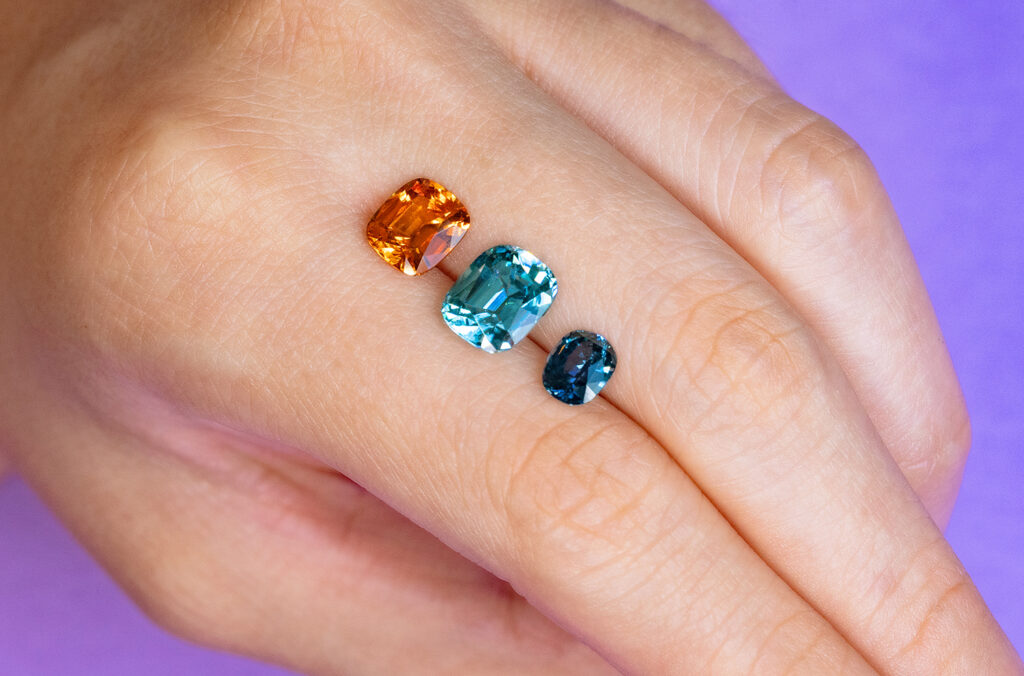Everyone knows about Diamonds’ 4Cs — Colour, Clarity, Cut and Carat; but how do we grade and price coloured gems?
First of all, coloured gems are very different from Diamonds. If I were to draw an analogy, buying diamonds is like buying a piece of land — you look at the size, shape and location, and you can probably rank the different options by their ‘per square foot’ price, much like how you’d compare Diamonds by their per carat price.
For coloured gems, it’s far less mathematical; there is a life and fire in coloured gemstones that cannot be charted or quantified, much like how the ‘vibe’ of a home is independent of the furnishings in it. A lot of the time, you will walk into a house/ apartment and just know that it’s meant to be — coloured gems are the same! As the value of a stone is so highly pegged to colour, it’s a lot about preference. That’s why at MADLY, we hardly send out videos and pictures of gems, and instead encourage clients to come in and see how they “feel” when you put the stone against their skin and walk into the sunlight to admire it. Some people might prefer a high rise condo over a landed property because they hate mosquitos, but generally, a big house is going to cost more than most condominiums, and it is widely accepted that this is the case.
So what makes a gem a Good Class Bungalow compared to a flat? Each coloured gem will undoubtedly find a home, and the biggest factor in its price is its rarity. Naturally, there are multiple factors which affect how rare a jewel is. The type of gem, followed by the colour, and then the size, cut, clarity and origin! A 1 carat blue Sapphire that is a slightly different hue from another may vary in price by thousands of dollars. The same goes for the other types of gemstones.
Generally, richer and purer shades are more highly prized. This does not mean that darker stones are more expensive than lighter shades — medium tones are almost always the most valuable, and brighter, more vibrant shades will always be more prized than a similar gem that has a duller/ more grey shade. Pure tones like pure red and pure blue will cost more than ‘mixed’ colours like pinkish red or greenish blue because pure colours are more rare. Gems get their colour from chemical impurities. For example, in Sapphires and Rubies, Corundum is actually a clear mineral and the blue comes from trace elements of Iron and Titanium, while Chromium is what makes Rubies red. Different concentrations of these trace elements will affect the intensity of the colours so think about how rare it is to find an area in the Earth’s mantle which only has a single trace element that results in a pure blue or pure red gem!
At MADLY, we pride ourselves in carrying some of the world’s finest, top 0.1% of gemstones, at reasonable prices for the outstanding quality of gemstones. Unless you have seen what’s out there, it is hard to appreciate the rarity and quality of the gems we carry, or to make a fair comparison. We are all for that and we want you to see the difference so make sure that MADLY is your last stop — you can’t finish your gemstone hunting without popping by 72 Seng Poh Road!
